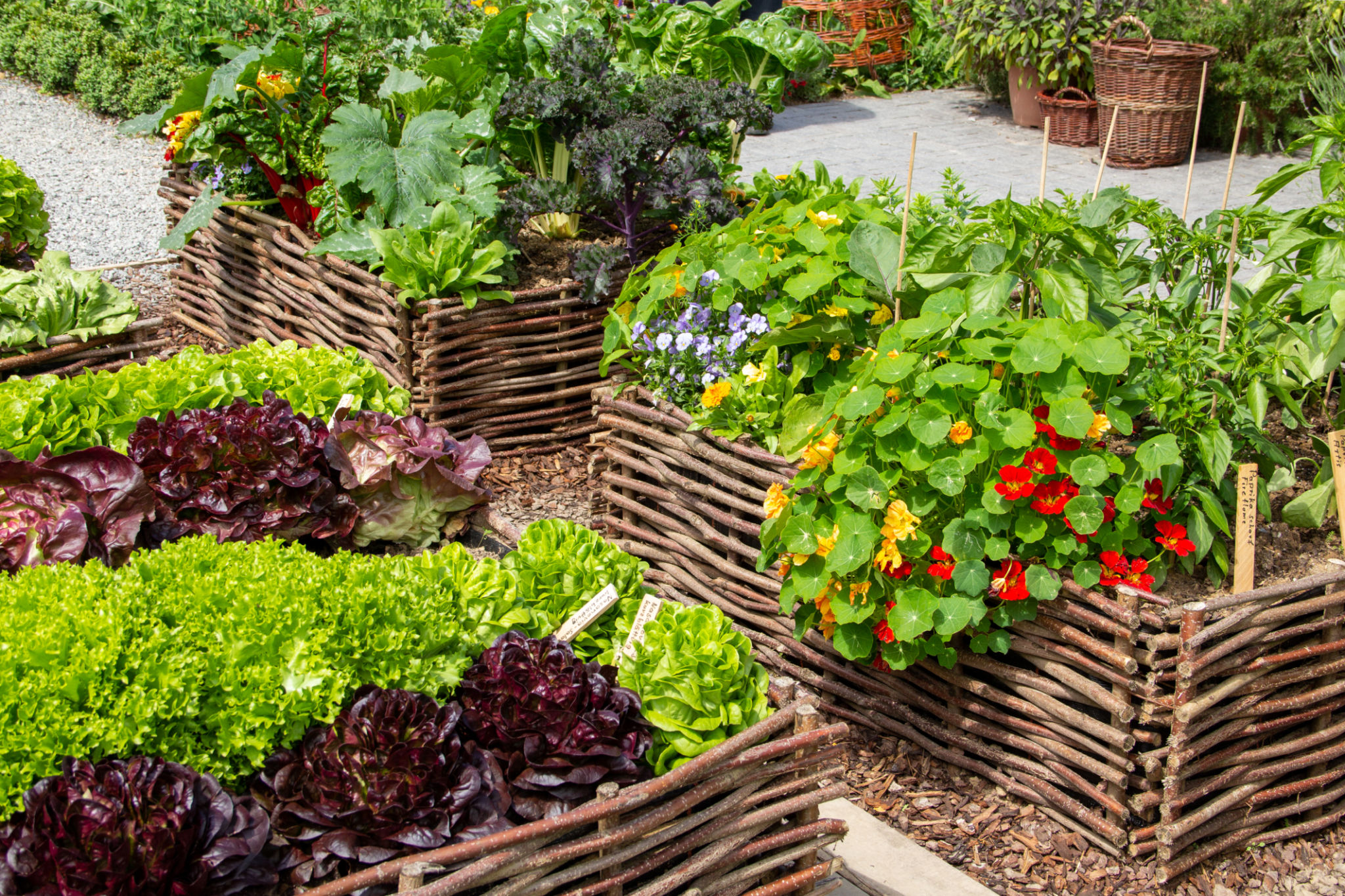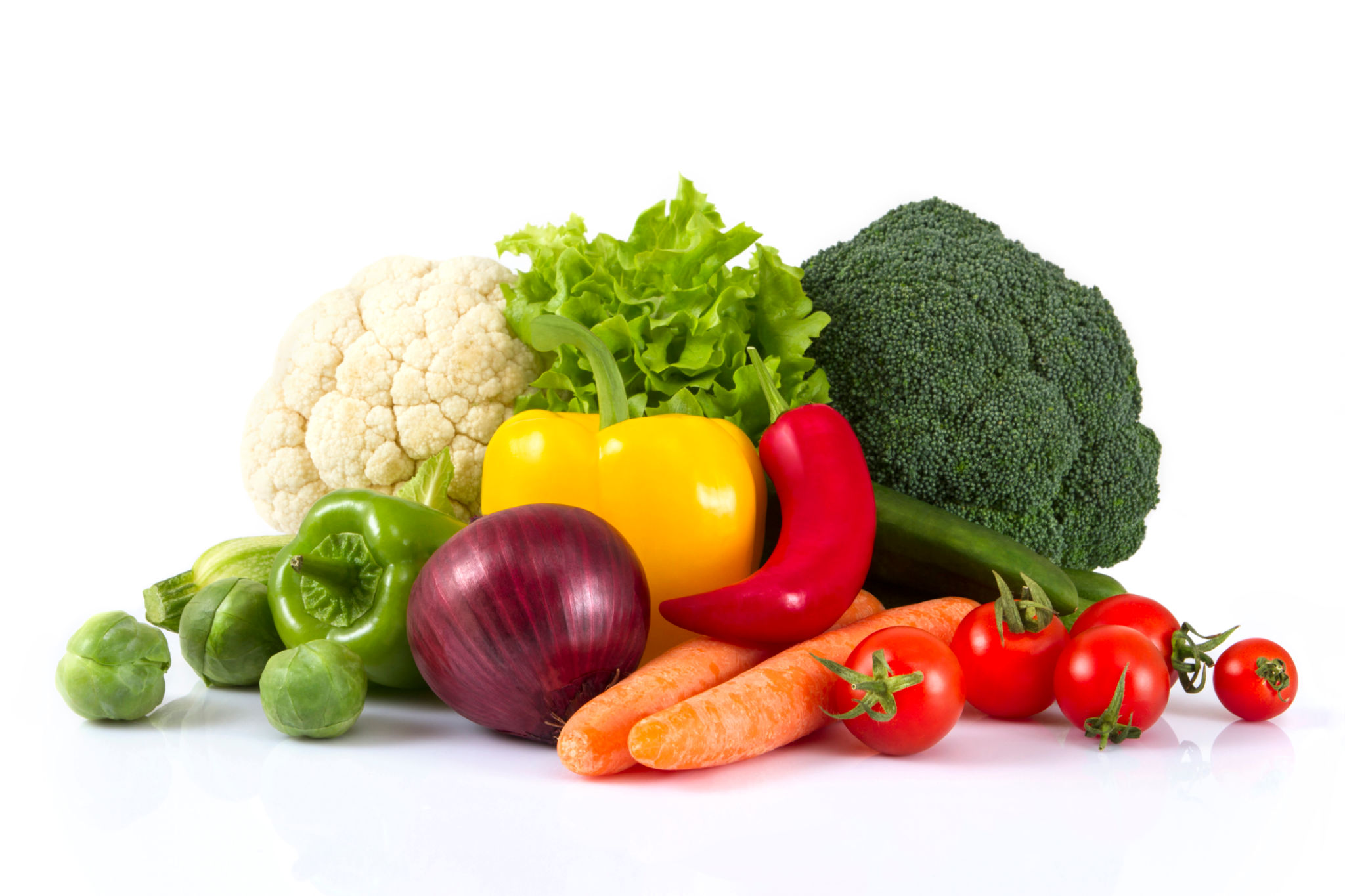How to Plan and Design Your Perfect Edible Garden
Understanding Your Space and Climate
When planning your perfect edible garden, the first step is to understand the unique characteristics of your space and local climate. Consider the size of your garden, the amount of sunlight it receives, and the type of soil available. Different plants have varying needs, so understanding these factors will help you choose the right plants that thrive in your environment.

In addition to assessing your space, researching your local climate is crucial. Pay attention to the average temperatures, rainfall patterns, and frost dates in your area. These elements will influence the types of fruits, vegetables, and herbs you can successfully grow. This foundational knowledge sets the stage for a thriving edible garden.
Setting Goals and Prioritizing Plants
As you envision your garden, it's essential to set clear goals. Determine what you want to achieve with your garden. Are you looking to grow a variety of vegetables for daily meals, or are you more interested in cultivating a few specialty herbs? Setting goals will guide your plant selection and overall garden design.
Once your goals are established, prioritize which plants are most important to you. Consider factors like growth time, maintenance requirements, and personal preference. Some plants may offer quicker rewards, while others might take longer to mature. By prioritizing, you'll ensure that your garden meets your needs and fits your lifestyle.

Designing Your Garden Layout
With a clear understanding of your space, climate, and goals, it's time to design your garden layout. Begin by sketching a basic plan on paper or using a digital tool. Consider the placement of each plant based on its sunlight needs and mature size. Group plants with similar water and nutrient requirements together to simplify maintenance.
Paths and walkways are also essential components of your garden design. Ensure that you have easy access to all areas of your garden for planting, watering, and harvesting. Consider using raised beds or containers if space is limited or if you want to improve soil quality.

Soil Preparation and Planting
Preparing your soil is a critical step in ensuring the success of your edible garden. Start by testing the soil to determine its pH level and nutrient content. Based on these results, amend the soil with organic matter such as compost or well-rotted manure to improve fertility and drainage.
When it comes to planting, follow specific guidelines for each type of plant. Some seeds require direct sowing into the ground, while others may need to be started indoors before transplanting. Pay attention to spacing recommendations to allow for proper growth and air circulation.
Caring for Your Edible Garden
Consistent care is key to maintaining a healthy edible garden. Develop a regular watering schedule that matches the needs of different plants. Mulching around plants can help conserve moisture and suppress weeds, making maintenance easier.

Stay vigilant for signs of pests and diseases. Implement natural pest control methods such as introducing beneficial insects or using organic sprays. Regularly inspect your plants and take action at the first sign of trouble to prevent larger issues from developing.
Harvesting and Enjoying Your Produce
The ultimate reward of an edible garden is harvesting fresh produce for your table. Learn the optimal harvest times for each plant type to enjoy peak flavor and nutritional value. Keep a record of what you plant each season so you can adjust and improve in future years.
Finally, savor the fruits of your labor by incorporating fresh ingredients into your meals. Whether it's adding homegrown herbs to a dish or enjoying a crisp salad straight from the garden, the satisfaction of eating what you've grown is unparalleled.